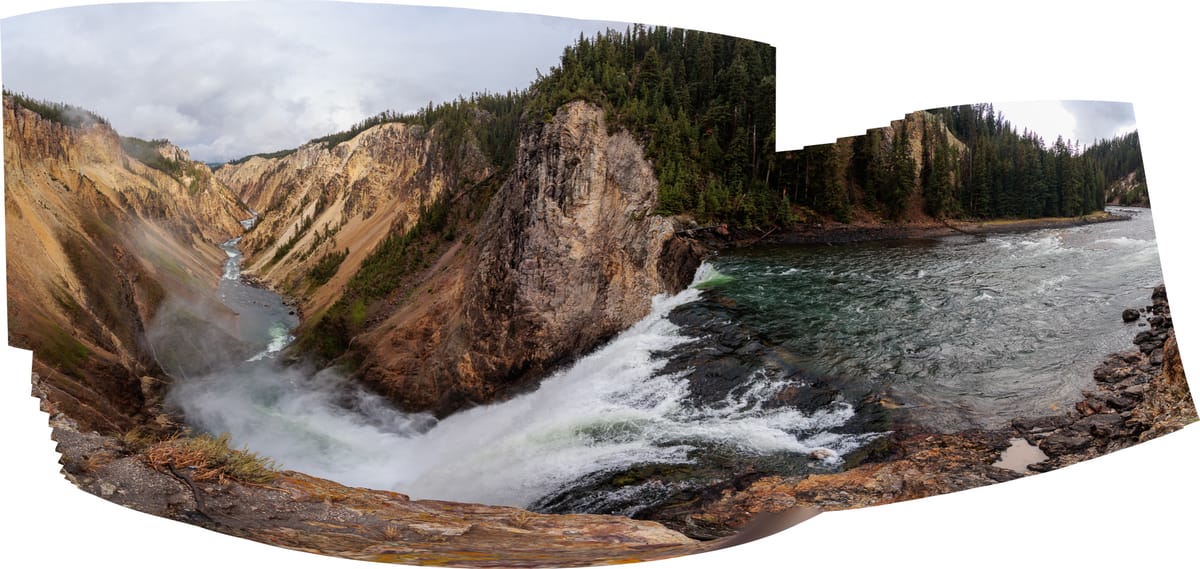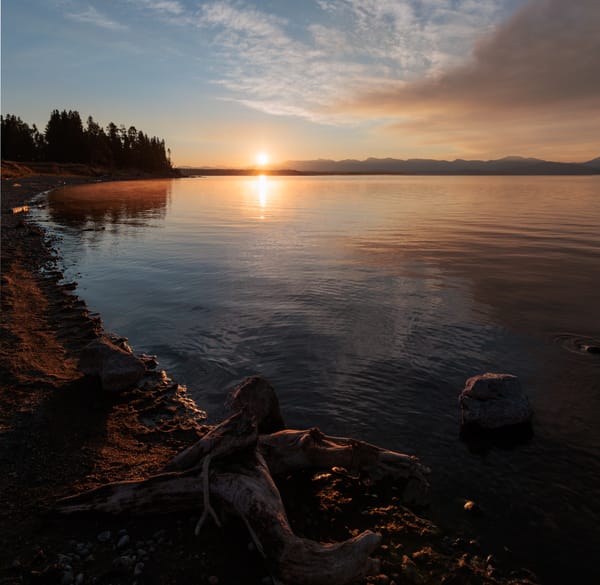How it was made: Burst panoramas
What do you do if you want to capture a scene where the action is fast or ever-changing?

Hello! We're back with another edition of How it was made:
This afternoon it's panoramic shots in burst mode.
Normally, when photographers think of panorama, it's shot on a tripod, with carefully chosen increments of panned overlap between shots. But what do you do if you want to capture a scene where the action is fast or ever-changing?
If you enable high-speed burst mode, you can do some creative things. There are some considerations to make this work properly, however. To avoid rolling shutter, it's best to use mechanical. To capture fast-moving action, the shutter speed should be fast enough to freeze it, the camera needs to move fast enough to collect the full panorama before the scene changes too much, but not so fast that you introduce motion blur into each frame. The panning motion, especially when handheld, has to be practiced for best results.
The header image illustrates how this works, though this particular image was rejected because I had missed elements of the top right section. The camera is dragged through the scene at the right pace while the shutter continuously fires, and then the resultant (in this case, 97) images are merged in software. Note the detail in the fast-moving water, despite dozens of shots. That's what this method is for.
For dark scenes, or ones where a long exposure, polarizing filter, or other modifiers are needed that prevent the use of all the parameters necessary to do a burst pan, it won't work. The photographer has to make a judgment call whether this method will apply to what they're doing or not.
Give burst pans a try the next time you see a big crashing wave, a wide vista with rushing water, or fast-moving clouds you'd rather not blur out.
Art is an endless experiment.





